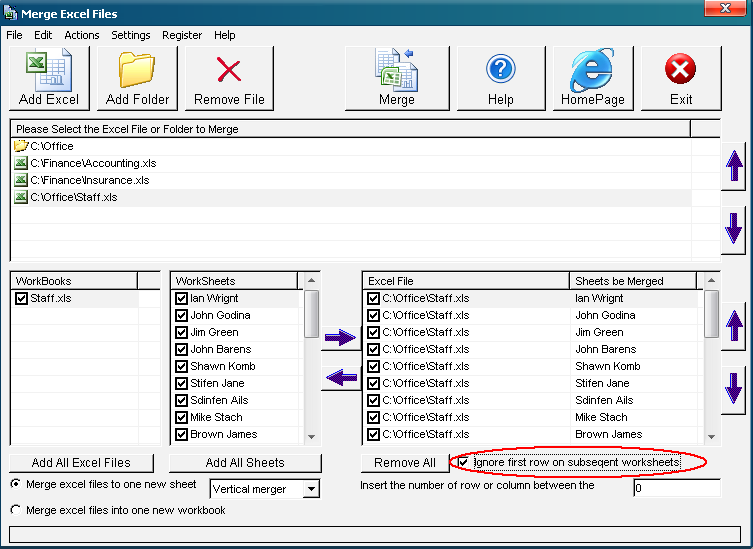

Next up… Step 2: Convert it to a functionĬonverting our nice query to a function is actually SUPER easy. I know that converting text to a date format will throw an error, so I’m guaranteed that any subsequent header rows will be nuked out.Īt this point we’ve got a nice tidy import that would look pretty good if we decided to land it in a workbook. The reason is that this protects me when I stack another table and it has headers. That last one might be a bit odd, but I like to do that to my date columns. Select Date –> Transform –> Data Type –> Date.Select Cost, Price and Commission –> Transform –> Data Type –> Decimal Number.


The column headers and data types are consistent across files.Each files is set up across same number of columns.Having said that, they are consistent in the fact that Notice that no one has bothered to set up a table style or anything, they are just raw worksheets of data. I’ve stored in a folder called “Data”, which is a subfolder of the “Combine Workbooks” folder (more on why I store them in a subfolder a little later.)Įach file has a similar structure, which looks like this: Backgroundįor our example we’re going to assume that we have four (or more) Excel files which you can download here. By the time we’re done, you’ll see how similar it is to working with non-Excel files. Yes, it’s been covered before, (even linked to in the comments of the previous posts,) but I’m going to put my own flavour on it. So let’s look at how to combine multiple workbooks together in Power Query, providing they have the same format. I got a comment on a previous post today, which made me realize I’d promised this but never posted it.


 0 kommentar(er)
0 kommentar(er)
